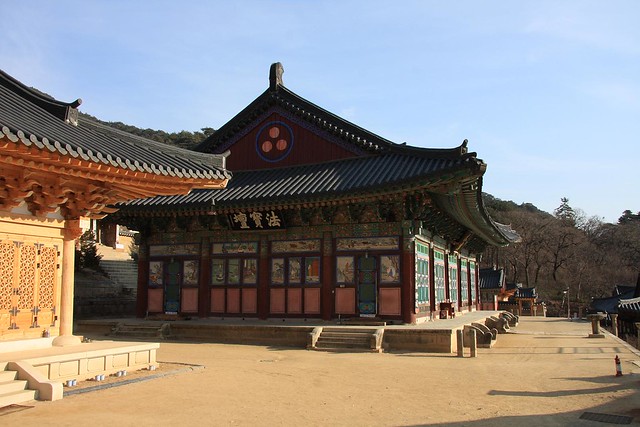“For it is my hope that the outcome of this conference and the historic document of the Manado Ocean Declaration that we will issue here will form one call that is loud and clear for the world to care for and take care of its oceans,” he told officials from 76 countries attending the conference.
He said the call must be heard by the international community and all other stakeholders to negotiate for a new post-Kyoto climate change regime.
“It must be made clear that what we do here is not produce a new process but indeed strengthen and complement the UN Framework of the Convention on Climate Change (UNFCCC). Simply put, the ocean community wants ocean issues to be part of the on-going global climate change solution,” he added.
The UNFCCC is an international treaty on environmental issues, dealing primarily with climate change and reducing global warming.
Currently, nearly 200 countries have ratified the convention, which was first enforced on March 21, 1994.
The Copenhagen meeting will discuss a new regime on climate change to replace the Kyoto Protocol, which expires in 2012.
The President said the inclusion was critical because ocean issues as of yet have not been adequately represented in overall global climate change discussions.
“We therefore have to ensure that ocean-sensitive policies be incorporated into that new regime so that humankind’s approach to the challenge of climate change will be comprehensive and holistic,” he said.
He said if the climate convention in Copenhagen adopted the approach, and the international community and all stakeholders carried it out faithfully the humankind would have a much brighter outlook.
“The last time the world heard a loud political message [about the oceans] was during the signing of UNCLOS in 1982, which has dramatically changed the global governance of our oceans. Today, it is time for the world to hear yet another important message: That we can only survive the 21st century if we are united in preserving and caring for our oceans,” he said.
by Abdul Khalik , The Jakarta Post
Source: www.thejakartapost.com

























